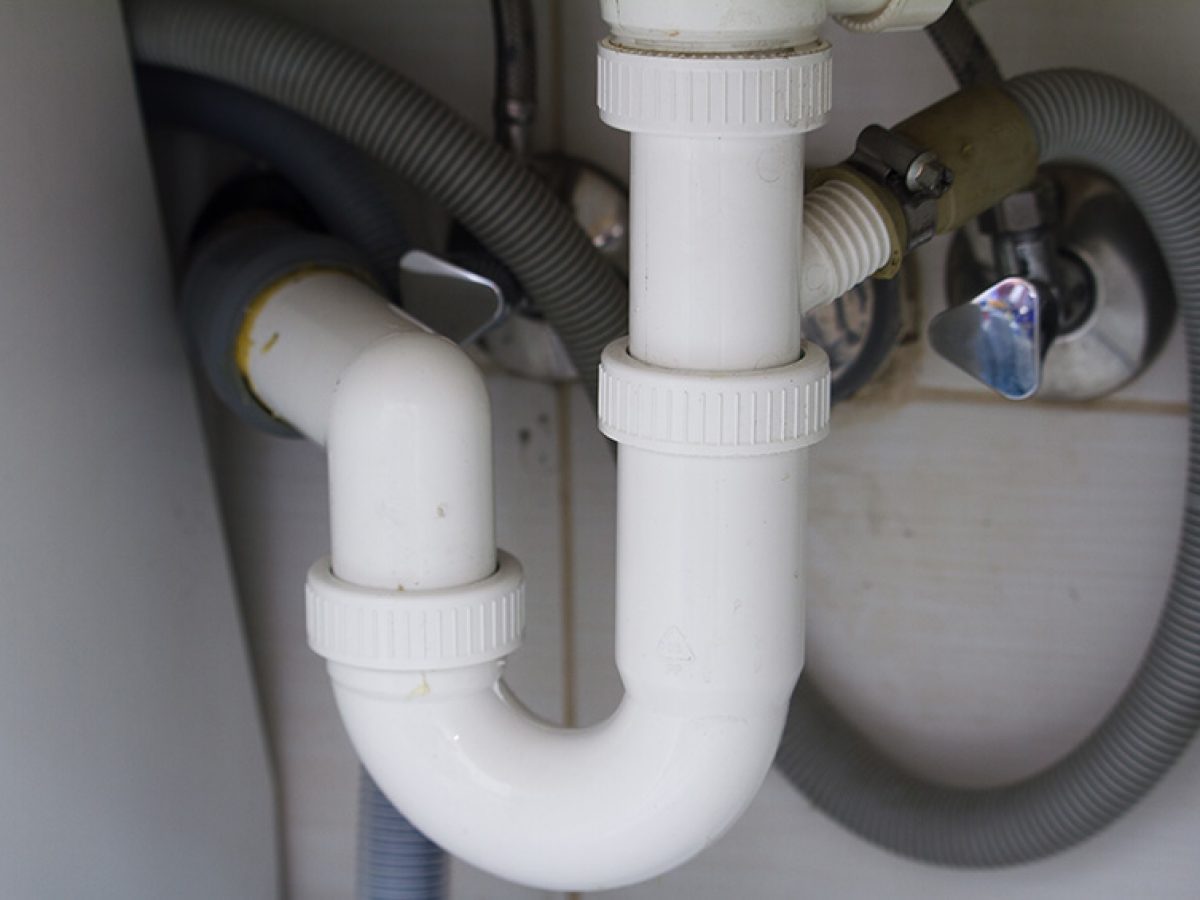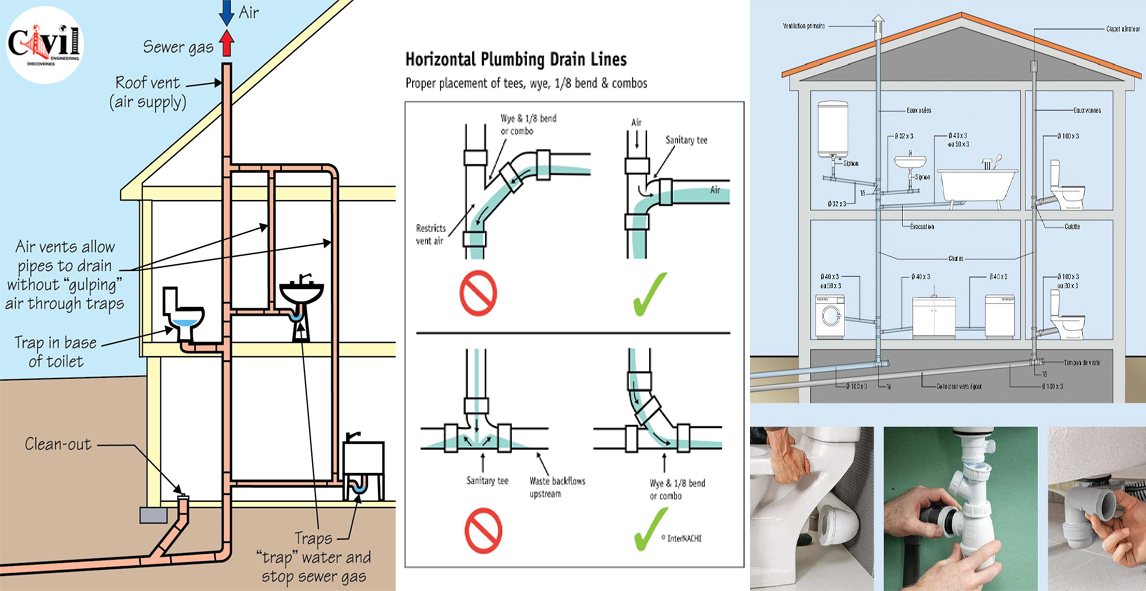The article author is making a few great annotation about Understanding Your Home's Plumbing Anatomy in general in the content beneath.

Recognizing just how your home's pipes system works is important for every homeowner. From delivering tidy water for alcohol consumption, cooking, and showering to securely removing wastewater, a well-maintained plumbing system is critical for your household's health and convenience. In this detailed guide, we'll explore the intricate network that composes your home's plumbing and deal ideas on maintenance, upgrades, and taking care of typical issues.
Introduction
Your home's pipes system is greater than just a network of pipes; it's an intricate system that guarantees you have access to clean water and efficient wastewater removal. Recognizing its elements and exactly how they work together can aid you stop costly repairs and make certain every little thing runs smoothly.
Fundamental Components of a Pipes System
Pipes and Tubes
At the heart of your pipes system are the pipes and tubing that carry water throughout your home. These can be made of numerous products such as copper, PVC, or PEX, each with its benefits in terms of longevity and cost-effectiveness.
Components: Sinks, Toilets, Showers, and so on.
Fixtures like sinks, bathrooms, showers, and bathtubs are where water is made use of in your home. Recognizing just how these fixtures attach to the plumbing system aids in identifying troubles and preparing upgrades.
Valves and Shut-off Factors
Valves manage the flow of water in your plumbing system. Shut-off shutoffs are important during emergency situations or when you require to make repairs, enabling you to separate parts of the system without disrupting water flow to the whole home.
Water System
Main Water Line
The major water line connects your home to the municipal supply of water or an exclusive well. It's where water enters your home and is distributed to numerous fixtures.
Water Meter and Pressure Regulatory Authority
The water meter steps your water use, while a pressure regulator makes certain that water flows at a risk-free stress throughout your home's plumbing system, stopping damages to pipelines and fixtures.
Cold Water vs. Hot Water Lines
Understanding the distinction in between cold water lines, which provide water straight from the major, and warm water lines, which carry heated water from the water heater, assists in repairing and preparing for upgrades.
Water drainage System
Drain Pipes Pipes and Traps
Drain pipes carry wastewater away from sinks, showers, and commodes to the drain or septic system. Catches prevent drain gases from entering your home and likewise trap particles that could trigger obstructions.
Air flow Pipelines
Ventilation pipelines permit air right into the drainage system, avoiding suction that might reduce water drainage and cause traps to empty. Appropriate air flow is crucial for maintaining the integrity of your plumbing system.
Value of Appropriate Drain
Making sure correct water drainage protects against backups and water damage. Frequently cleaning up drains and preserving traps can avoid expensive repair services and prolong the life of your plumbing system.
Water Heating Unit
Kinds Of Water Heaters
Hot water heater can be tankless or traditional tank-style. Tankless heating systems warmth water as needed, while storage tanks keep heated water for immediate use.
How Water Heaters Attach to the Pipes System
Comprehending exactly how water heaters attach to both the cold water supply and warm water distribution lines helps in detecting problems like insufficient warm water or leaks.
Maintenance Tips for Water Heaters
Regularly purging your water heater to get rid of debris, checking the temperature level settings, and examining for leakages can prolong its lifespan and boost energy performance.
Typical Plumbing Concerns
Leakages and Their Causes
Leakages can happen due to maturing pipes, loosened fittings, or high water stress. Dealing with leakages quickly protects against water damages and mold development.
Blockages and Obstructions
Clogs in drains pipes and toilets are frequently triggered by flushing non-flushable products or a buildup of grease and hair. Using drain screens and being mindful of what drops your drains can protect against blockages.
Signs of Pipes Problems to Expect
Low water pressure, slow-moving drains, foul odors, or abnormally high water bills are indicators of potential pipes problems that need to be attended to promptly.
Pipes Upkeep Tips
Routine Inspections and Checks
Arrange annual pipes inspections to catch concerns early. Search for indicators of leaks, deterioration, or mineral buildup in taps and showerheads.
DIY Maintenance Tasks
Simple jobs like cleaning tap aerators, looking for toilet leakages making use of dye tablet computers, or insulating subjected pipelines in cold climates can stop significant plumbing concerns.
When to Call a Professional Plumbing Technician
Know when a pipes issue needs expert proficiency. Trying complex repair work without appropriate expertise can lead to more damage and greater repair costs.
Upgrading Your Pipes System
Factors for Updating
Updating to water-efficient fixtures or replacing old pipelines can boost water top quality, lower water costs, and raise the worth of your home.
Modern Plumbing Technologies and Their Benefits
Check out innovations like wise leak detectors, water-saving bathrooms, and energy-efficient hot water heater that can conserve cash and minimize ecological effect.
Expense Considerations and ROI
Calculate the ahead of time costs versus lasting cost savings when considering pipes upgrades. Many upgrades spend for themselves with lowered energy expenses and less repair services.
Ecological Influence and Preservation
Water-Saving Fixtures and Home Appliances
Setting up low-flow taps, showerheads, and toilets can substantially reduce water usage without giving up efficiency.
Tips for Decreasing Water Usage
Simple habits like fixing leakages without delay, taking much shorter showers, and running full tons of laundry and dishes can conserve water and reduced your energy bills.
Eco-Friendly Plumbing Options
Consider lasting pipes materials like bamboo for flooring, which is durable and eco-friendly, or recycled glass for kitchen counters.
Emergency Preparedness
Actions to Take During a Pipes Emergency situation
Know where your shut-off valves lie and exactly how to turn off the water supply in case of a ruptured pipe or significant leak.
Importance of Having Emergency Situation Contacts Useful
Keep get in touch with information for regional plumbing professionals or emergency situation solutions readily available for fast action during a pipes crisis.
Do It Yourself Emergency Fixes (When Relevant).
Short-term solutions like utilizing air duct tape to patch a dripping pipe or positioning a bucket under a leaking tap can reduce damages until a specialist plumbing technician arrives.
Final thought.
Recognizing the composition of your home's pipes system empowers you to preserve it successfully, saving time and money on fixings. By following routine upkeep routines and staying informed regarding modern-day plumbing technologies, you can guarantee your plumbing system runs efficiently for several years to come.
HOW YOUR PLUMBING SYSTEM WORKS
Which Pipes Do What?
Blue lines = fresh water supply entering the building
Red lines = hot water supply entering the building
Grey lines = pipes carrying waste away from the building and venting pipes carrying gases away from the building (through the roof)
YOUR MAIN PLUMBING SYSTEMS
There are two main plumbing systems that support your home s basic plumbing needs one that brings clean water into your home, and one that sends dirty water away from your home. Connected to the toilet, bath, shower, and other faucets in your home, these two systems keep your water flowing in the right directions.
ACCESSING FRESH WATER
Fresh and clean water is brought into your home through the main water supply line . Filtered through one pipe, this water is pressured to flow into the various fixtures in your home at any given time.
This water can be sourced from a well located on your property, a pond or river (mostly cottages), or, as in most cases, from the city s municipal water treatment centre. However, it is important to note that water that is untreated, such as the water siphoned from ponds or rivers, may not be safe to drink. Personal water supplies always need to be treated for hardness and contaminants before consumed.
MUNICIPAL WATER SUPPLIES
Improve taste and odour
Remove sediment
Eliminate hardness
Reduce chlorine
COLD WATER SUPPLY VS. HOT WATER SUPPLY
Cold water flows into your home or building through the service line, which then distributes hot or cold water to your fixtures. This line is most commonly run through a central column that runs floor to floor. Hot water runs in short and straight pipes as the longer the pipeline, the more heat that will be lost in the transfer. Having shorter pipes also allows residents to access hot water more quickly.
WASTE WATER SYSTEM
Your wastewater system is divided into two parts pipes that send wastewater away from your home and venting pipes that send sewer gas away from your home. Sewage water travels through pipes that flush the water and waste towards local sewers that are operated and managed by your city or town. Most sewer systems rely on gravity to move the wastewater to where it needs to go.
The further away from your toilet or sink, the larger wastewater pipes become. This allows for waste to be disposed of from various parts of your home or business at once without pipe blockages. The angle and flow of these pipes are also essential for keeping your waste pipes clear of build up.
https://harrisplumbing.ca/how-your-home-plumbing-system-works/

HOW YOUR PLUMBING SYSTEM WORKS
Which Pipes Do What?
YOUR MAIN PLUMBING SYSTEMS
There are two main plumbing systems that support your home s basic plumbing needs one that brings clean water into your home, and one that sends dirty water away from your home. Connected to the toilet, bath, shower, and other faucets in your home, these two systems keep your water flowing in the right directions.
ACCESSING FRESH WATER
Fresh and clean water is brought into your home through the main water supply line . Filtered through one pipe, this water is pressured to flow into the various fixtures in your home at any given time.
This water can be sourced from a well located on your property, a pond or river (mostly cottages), or, as in most cases, from the city s municipal water treatment centre. However, it is important to note that water that is untreated, such as the water siphoned from ponds or rivers, may not be safe to drink. Personal water supplies always need to be treated for hardness and contaminants before consumed.
MUNICIPAL WATER SUPPLIES
COLD WATER SUPPLY VS. HOT WATER SUPPLY
Cold water flows into your home or building through the service line, which then distributes hot or cold water to your fixtures. This line is most commonly run through a central column that runs floor to floor. Hot water runs in short and straight pipes as the longer the pipeline, the more heat that will be lost in the transfer. Having shorter pipes also allows residents to access hot water more quickly.
WASTE WATER SYSTEM
Your wastewater system is divided into two parts pipes that send wastewater away from your home and venting pipes that send sewer gas away from your home. Sewage water travels through pipes that flush the water and waste towards local sewers that are operated and managed by your city or town. Most sewer systems rely on gravity to move the wastewater to where it needs to go.
The further away from your toilet or sink, the larger wastewater pipes become. This allows for waste to be disposed of from various parts of your home or business at once without pipe blockages. The angle and flow of these pipes are also essential for keeping your waste pipes clear of build up.
https://harrisplumbing.ca/how-your-home-plumbing-system-works/
Hopefully you liked our post about Plumbing Installation 101: All You Need to Know. Thanks so much for taking a few minutes to read our short article. Appreciated our piece of writing? Please quickly share it. Let someone else discover it. We truly appreciate your readership.
Book Now